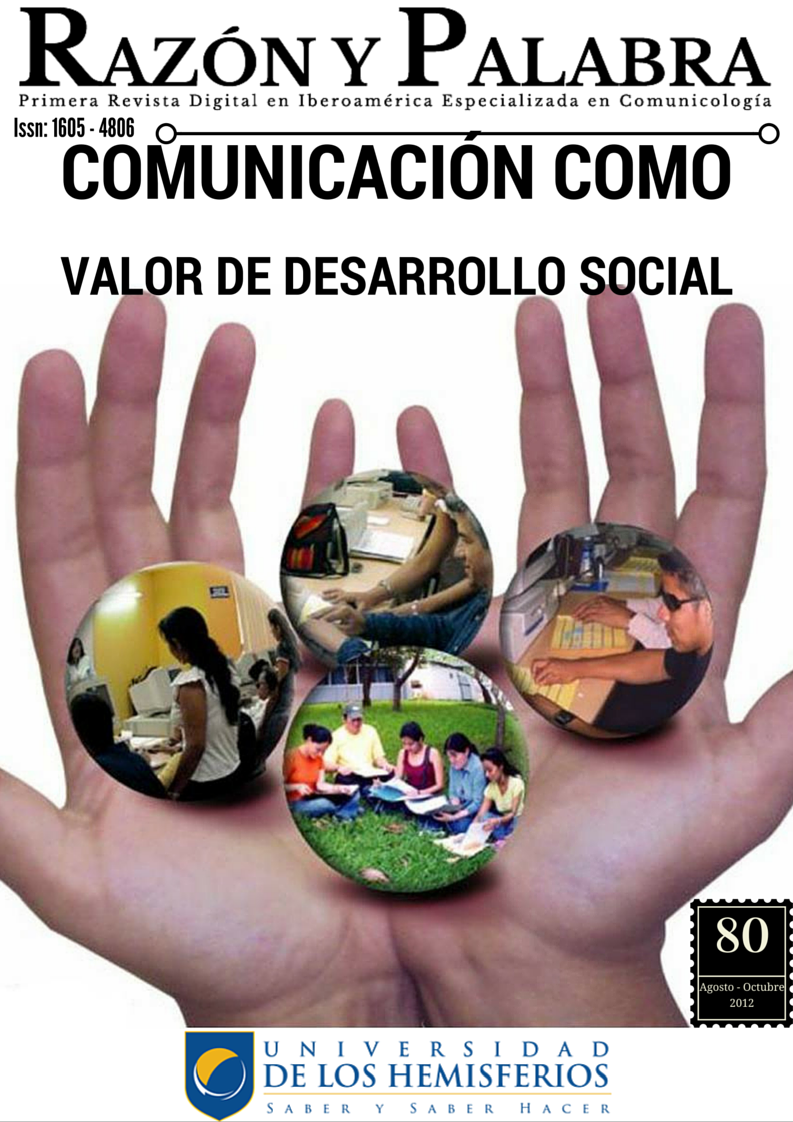Autoconcepto en las voces de jóvenes obesas y obesos | Self in the voices of young obese and obese
Contenido principal del artículo
Resumen
Actualmente la prevalencia de la obesidad en jóvenes se ha incrementado, esto se explica por una alimentación pobre (agravada en nuestro país por la crisis económica), la vida sedentaria, pero también, por la presencia de relaciones conflictivas entre los padres e hijos. Desde los estudios de género la construcción social de ser mujer va de la mano de la construcción social de ser hombre. í‰ste no por ser quien ostenta el poder en nuestra sociedad está exento de sufrimiento y malestares que surgen a partir de los estereotipos de género. Un sujeto integra consignas de la estructura social en la que interactúa, esas instancias son: la familia, la escuela, la religión, los medios masivos de comunicación etc. La estructura de poder que emerge de los estereotipos de género provoca eventos violentos simbólicos de capacidad destructiva para las personas. Dentro de las consecuencias de la obesidad encontramos la baja autoestima, un cambio en la autoimagen e introversión, a menudo seguida de rechazo social. Es por eso que en esta investigación se abordó el problema del autoconcepto y autoestima que causa a las y los jóvenes universitarios la obesidad que tienen. El objetivo fue el de apreciar cómo afecta a su autoconcepto y a su autoestima la obesidad que presentan las y los jóvenes universitarios de la muestra. Es una investigación cualitativa que empleó como método de aproximación a la realidad a los Estudios de Género, como técnica de recolección de datos a la entrevista abierta, a una muestra de 5 mujeres y 5 hombres obesos de la Facultad de Estudios Superiores Iztacala de la UNAM. Se distinguieron 4 categorías que fueron: autoconcepto positivo en mujeres; autoconcepto positivo en hombres; autoconcepto negativo en mujeres y autoconcepto negativo en hombres. Las mujeres no se quieren parecer a nadie, mientras que uno de los hombres sí quiere parecerse a alguien a quien considera con más popularidad que él. Uno pensaría que por ser los hombres en nuestra sociedad los seres dominantes, sus autoconceptos serían más positivos que los de las mujeres, sin embargo, en esta investigación no fue así, ya que fueron discursos semejantes.
At the anle the prevalence of the obesity in anl people has been increased, this is explained by a an feeding (agravated in our country by the economic crisis), the sedentary life, but also, by the presence of conflicting relations between the parents and children. From the sort studies the social construction of being woman goes of the hand of the social construction of being man. This one not for being that shows the power in our society is free of suffering and malaises that arise from the stereotypes of sort. An integra subject slogans of the social structure in which it interacts, those instances are: the family, the school, the anlea, the massive means of communication etc. The power structure that emerges from the stereotypes of sort causes symbolic violent events of destructive capacity for the people. Within the consequences of the obesity we found the low self-esteem, a change in autoimagen and introversión, often followed of social rejection. It is why in this investigation one approached the university anlea of autoconcepto and self-esteem that it causes to and anl people the obesity whom they have. Objective was the one of to appreciate how he affects to his autoconcepto and to its self-esteem the obesity that the university anl people of the anle present/display and. It is a qualitative investigation that it used like method of approach to the reality to the Studies of Sort, like technique of data collection to the opened interview, to a anle of 5 women and 5 obese men of the Facultad de Estudios Superiores Iztacala UNAM. 4 were distinguished categories that were: autoconcepto positive in women; autoconcepto positive in men; autoconcepto negative in women and autoconcepto negative in men. The women no they are wanted to seem to anybody, whereas one of the men yes it wants to look oneself like somebody to that considers with more popularity an he. One would think that for being the men in our society the dominant beings, their autoconceptos would be more positive an those of the women, nevertheless, in this investigation were not thus, since they were similar speeches.
Descargas
Detalles del artículo
Citas
Alberti, R. E. & Emmons, M. L. (2005). Viviendo con autoestima. Cómo fortalecer con asertividad lo mejor de tu persona. México: Pax México.
Álvarez – Gayou, J. L. (2003). Cómo hacer investigación cualitativa. Fundamentos y metodología. México: Paidós Educador. Beauvoir, S. (1949).
Le deuxiéme sex. 2° vol. Francia: Gallimard.
Bourdieu, P. (2000). La dominación masculina. Barcelona: Anagrama.
Hierro, G. (1990). í‰tica y feminismo. México: Facultad de Filosofía y Letras de la UNAM.
Verde F. E., Monroy R. A., Contreras G. M. E. & García S.O. (2006).
Las Enfermeras: Su percepción de la Profesión. Desarrollo Científico de Enfermería, 14, 6, 207210.
Rodríguez, M., Pellicer, G. & Domínguez, M. (2009). Autoestima: clave del éxito personal. 2ª ed. México: El Manual Moderno.
Sánchez, L. (2004). Manual de tutorías para la Educación Superior. México: UNAM Campus Iztacala.







